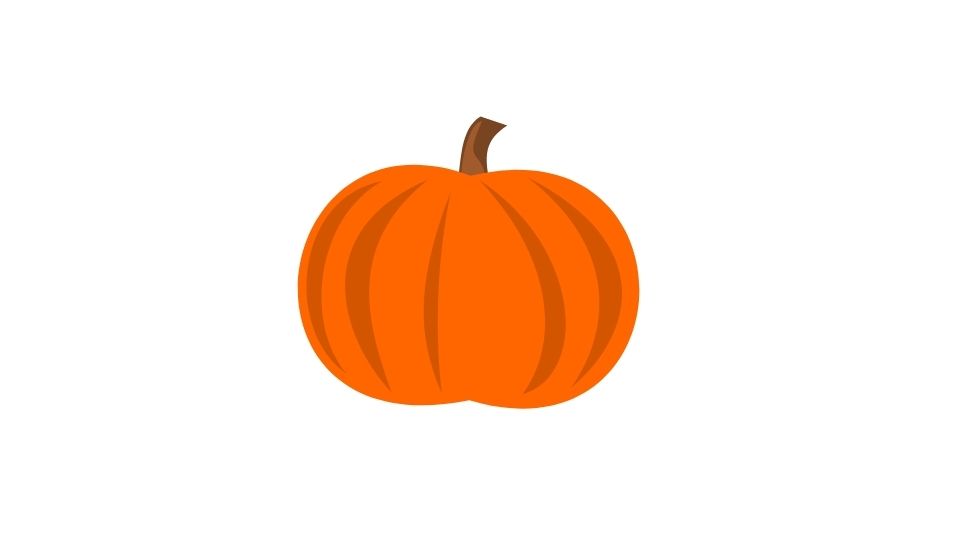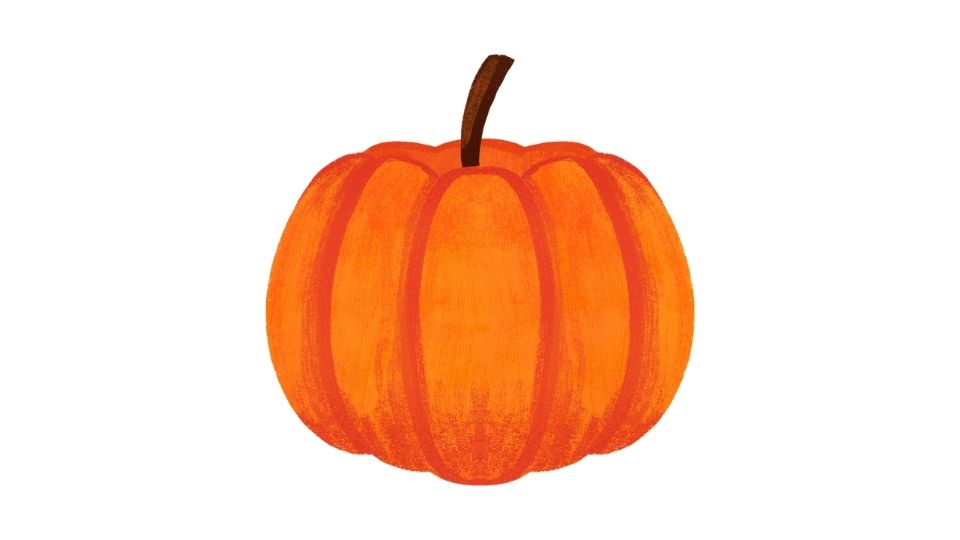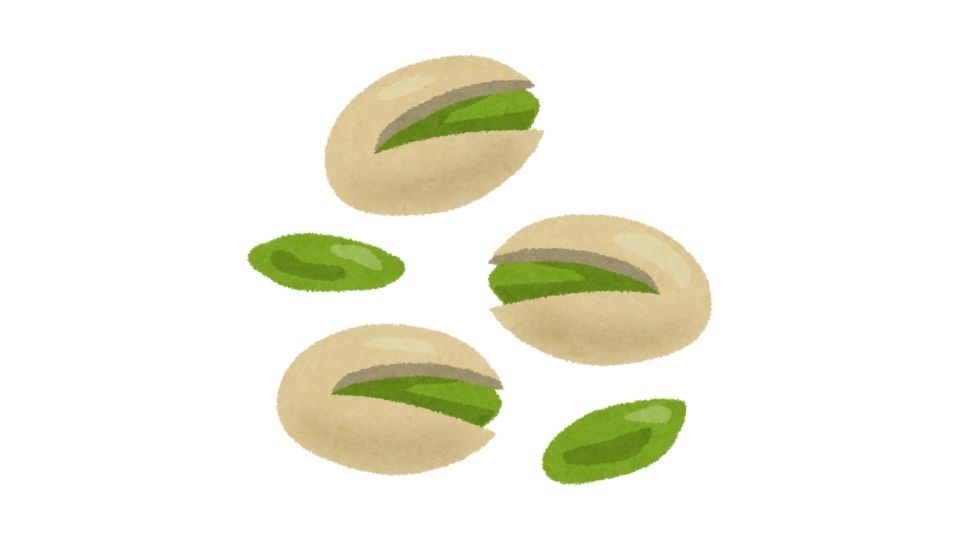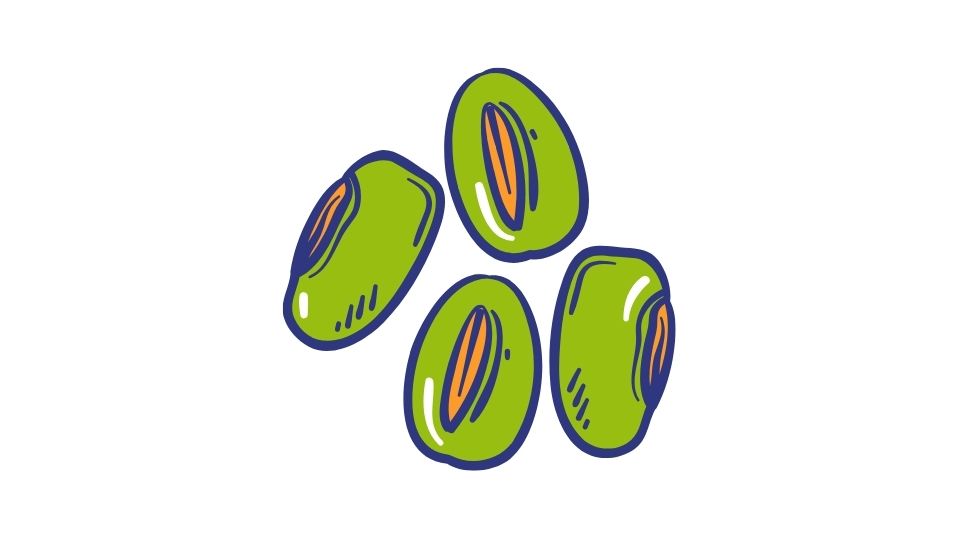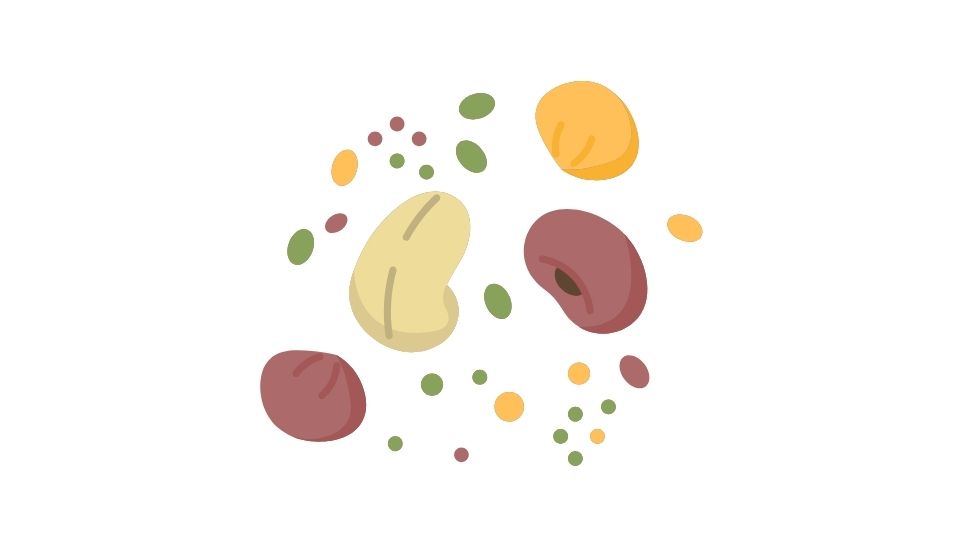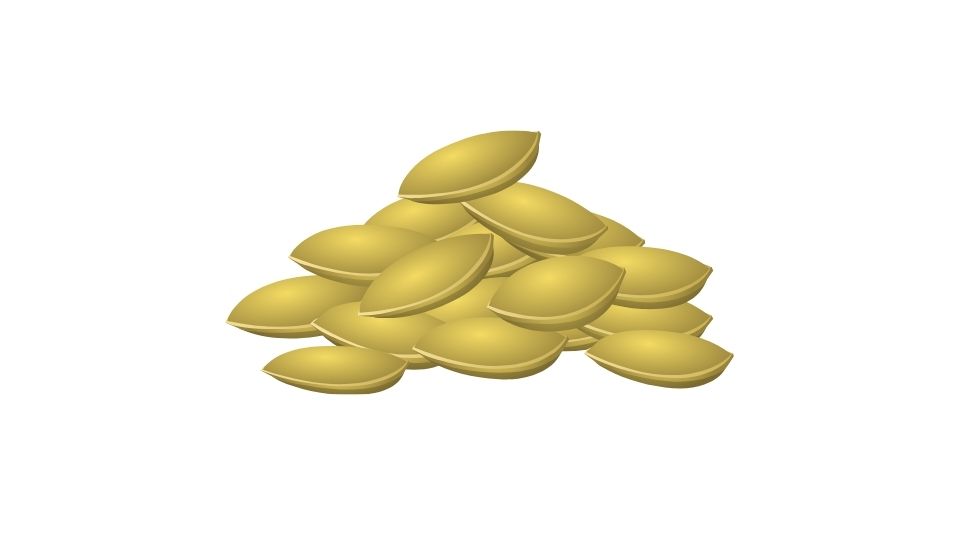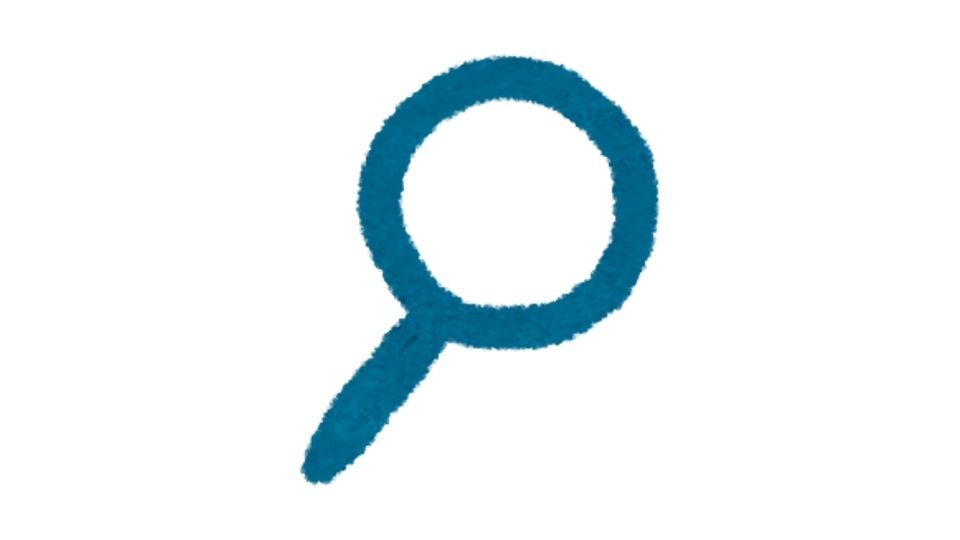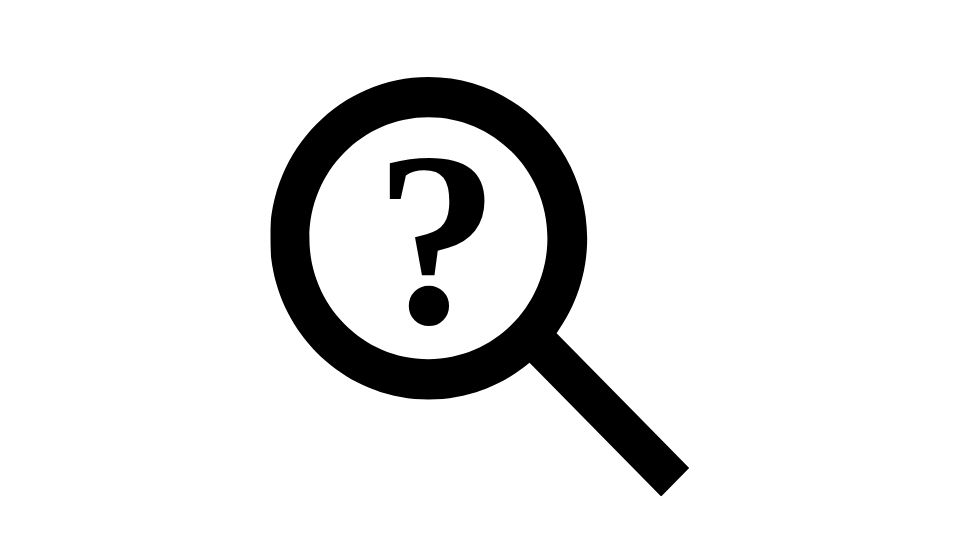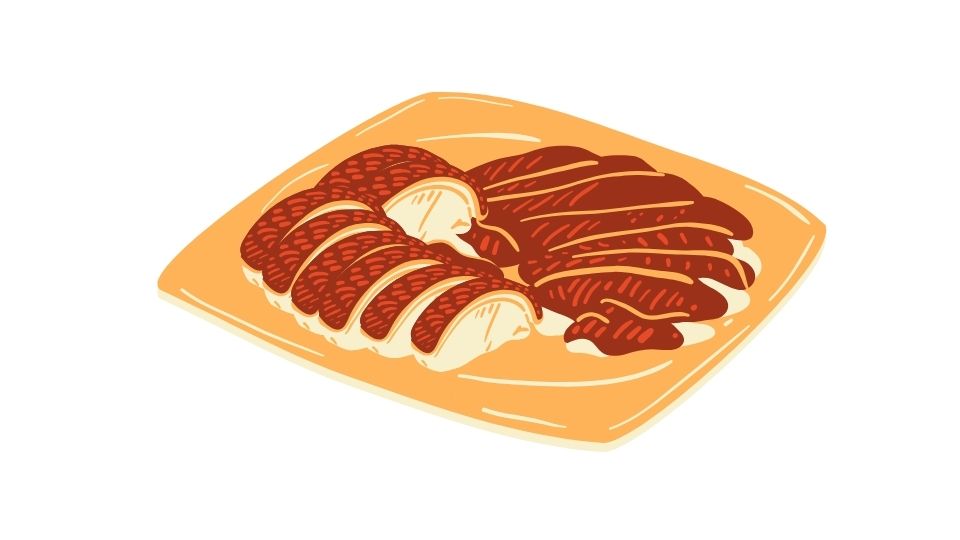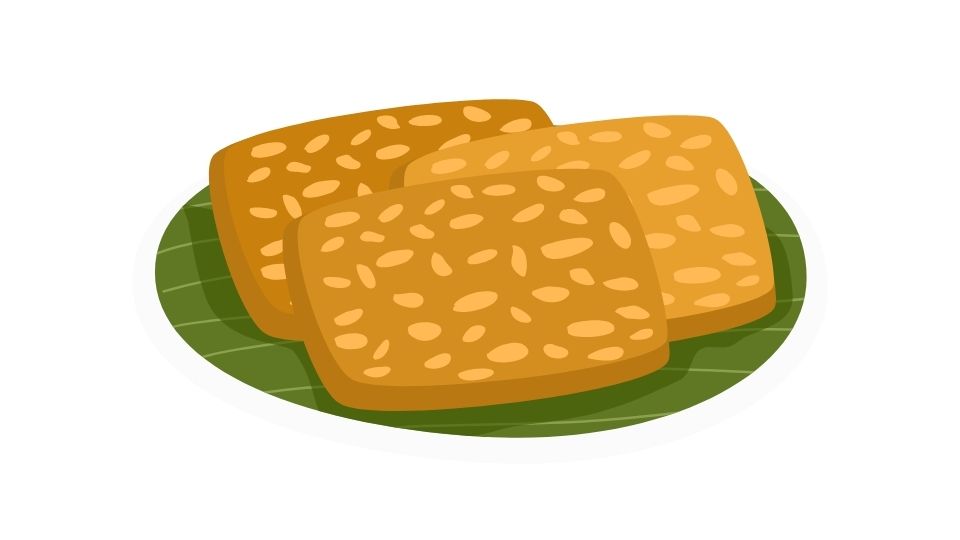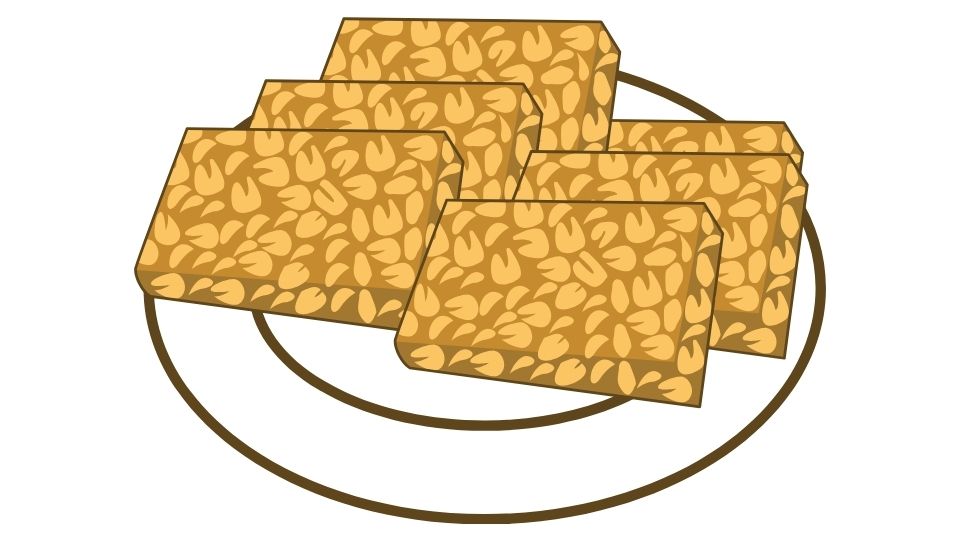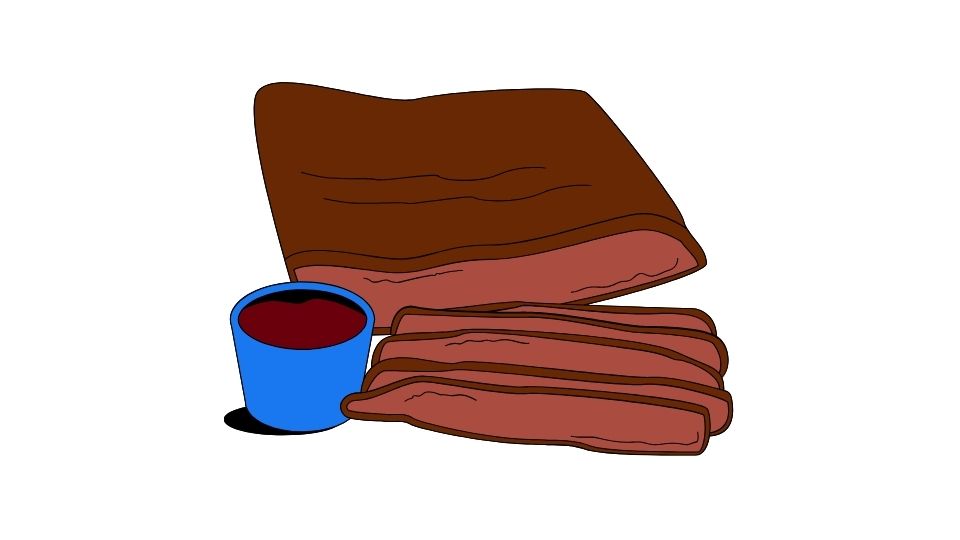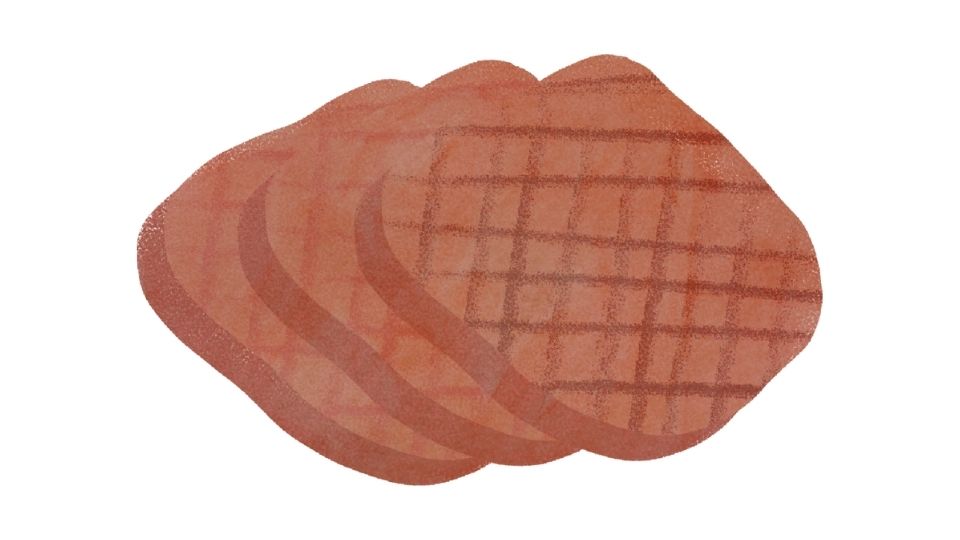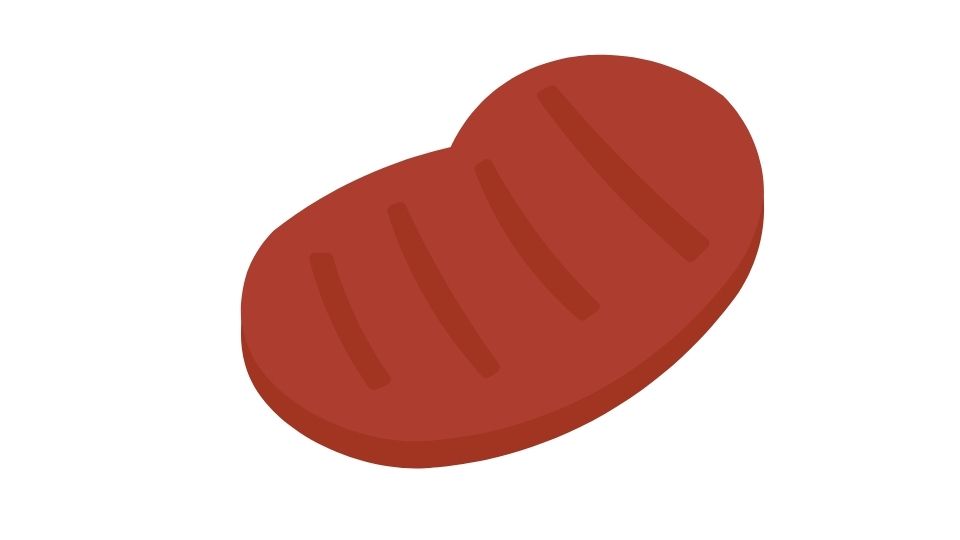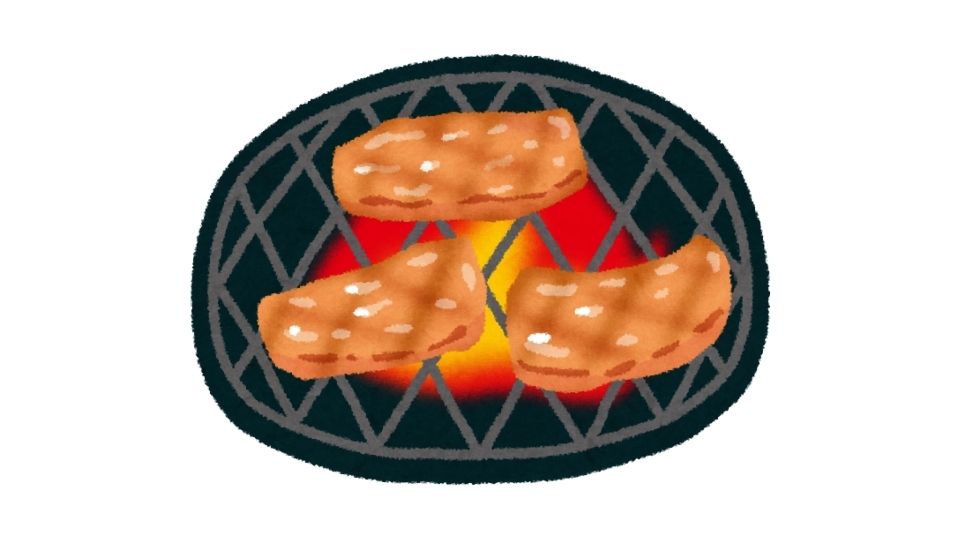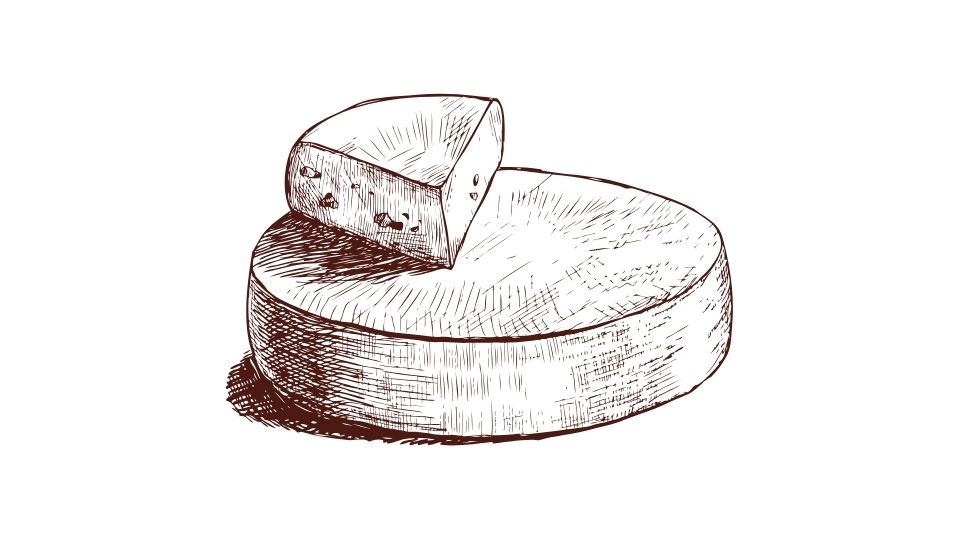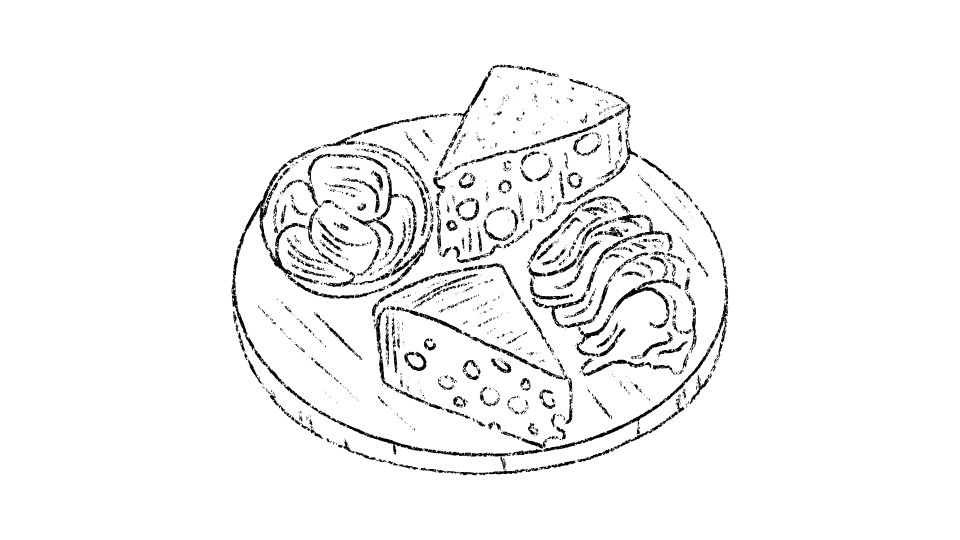Want to become a powerful advocate for health and wellness? You don’t need a medical degree or a fancy title – just these three high-impact actions that can transform lives and communities.
Let’s break down the most effective ways you can champion better health for yourself and others. Spoiler alert: it’s about creating systems, supporting individuals, and fighting for healthier environments.

Three Ways to Become a Kickass Health and Wellness Advocate
Look, there’s a reason why health advocacy matters now more than ever. We’re facing skyrocketing chronic disease rates, mental health challenges, and communities designed to make us sick rather than well.
But the good news? You can make a real difference by focusing on these three key areas:
1. Design and Promote Wellness Programs That Actually Work

Want to create real change? Start by designing wellness initiatives that meet people where they are.
This isn’t about generic “eat better, move more” advice that everyone’s heard (and ignored) a million times. It’s about creating targeted programs that address specific needs and challenges.
For example, you might:
- Organize lunchtime walking groups for desk-bound office workers
- Create nutrition workshops for parents of picky eaters
- Develop stress management seminars for high-pressure workplaces
The secret sauce? Making wellness accessible and FUN. Because let’s be honest – if it’s not enjoyable, people won’t stick with it.
A comprehensive workplace wellness study found that programs tailored to specific workplace cultures saw significantly higher participation rates and better health outcomes than one-size-fits-all approaches.
Think about planning logistics, budgeting smartly, and bringing in experts who can speak to specific health challenges. The more targeted your program, the better your results will be.
2. Provide Personalized Education and Support (Because Everyone’s Journey is Different)
Generic health advice is about as effective as a screen door on a submarine.
That’s why personalized support is where the magic happens. As an advocate, you can work directly with individuals to:
- Assess their unique health needs and challenges
- Set realistic, achievable goals (not “lose 30 pounds in 30 days” nonsense)
- Provide ongoing support when motivation inevitably dips
This might look like coaching someone through meal planning, explaining how to track macros without losing their mind, or helping them navigate the often-confusing healthcare system.
The goal? Empowering people with knowledge and tools specific to their situation.
For instance, research published in JAMA Internal Medicine shows that personalized health coaching significantly improves outcomes for patients with chronic conditions compared to generic care plans.
One practical example: When I’m helping clients with nutrition, I often recommend meal tracking tools that fit their lifestyle. Some people love detailed apps, while others prefer the simplicity of texting their meals to a service that handles the tracking for them.
3. Advocate for Healthy Policies and Environments (Because Systems Matter)
Here’s a truth bomb: Individual willpower is overrated.
You can have all the motivation in the world, but if you live in a food desert with no safe places to exercise, your health battle is uphill both ways.
That’s why effective health advocates work to change systems and environments by:
- Collaborating with community leaders to increase access to healthy foods
- Fighting for safe parks, walking paths, and recreation spaces
- Pushing for workplace policies that support mental health breaks
- Advocating for harm reduction programs in communities affected by substance use
For example, The Community Guide reports that communities that implement built environment changes see significant increases in physical activity levels across all demographic groups.
This type of advocacy isn’t just about individual health—it’s about creating equitable health opportunities for everyone. Because your zip code shouldn’t determine your life expectancy.
How These Actions Create Lasting Change

When you combine these three approaches—programs, personal support, and policy advocacy—you create a powerful ecosystem for health transformation.
Think about it:
- Programs give people structured opportunities to improve health
- Personalized support helps them overcome specific obstacles
- Policy advocacy removes systemic barriers that would otherwise derail progress
This isn’t just theory. Studies from the CDC show that multi-level approaches to health promotion are far more effective than isolated interventions.
Leveraging Technology in Your Advocacy Work

Let’s get real: we live in a digital world, and effective health advocacy needs to embrace that.
Technology platforms can supercharge your impact by making health tracking and behavior change more accessible and sustainable.
For example, meal tracking used to mean carrying around a notebook and calculator (yikes). Now people can simply text their meals and get instant feedback on calories and nutrients—making healthy eating way less of a hassle.
The key is finding tools that reduce friction rather than adding to it. Because in the real world, convenience usually wins.
Bottom Line: Be the Change Agent Your Community Needs

Health advocacy isn’t just about telling people what they should do—it’s about creating the conditions where healthy choices become the easy choices.
By designing smart programs, providing personalized support, and fighting for healthier environments, you can be the catalyst for real, lasting change.
And here’s the best part: you don’t need special credentials to start. You just need to care enough to take action.
So which of these three approaches speaks to you most? Start there, and watch how your impact grows over time. Because when it comes to health advocacy, the world needs all the champions it can get.




